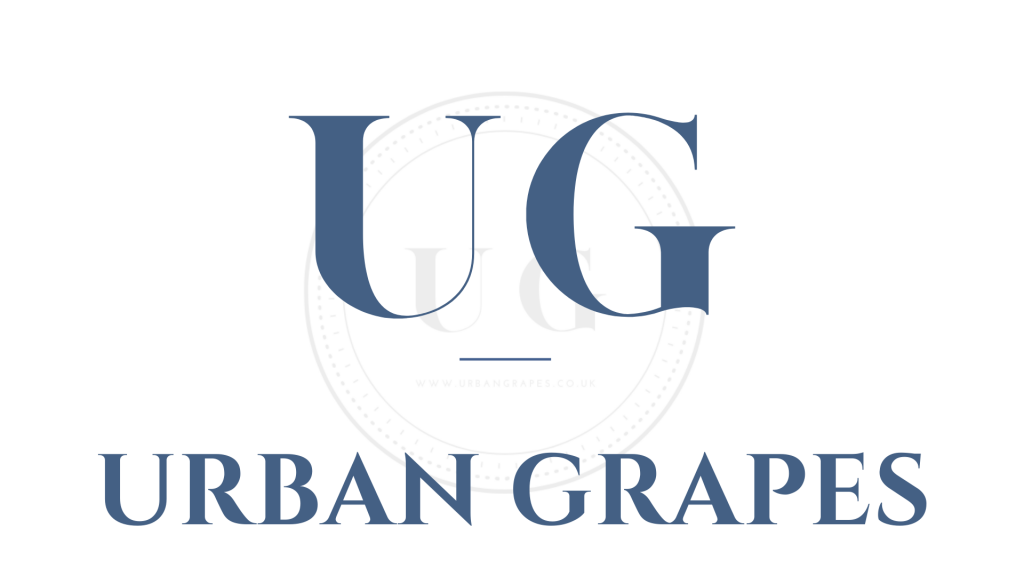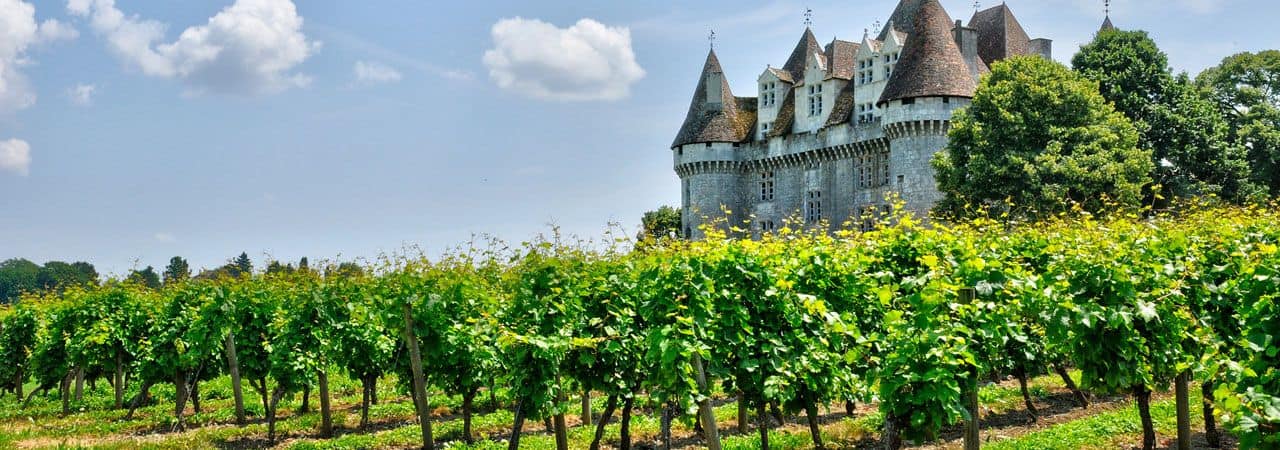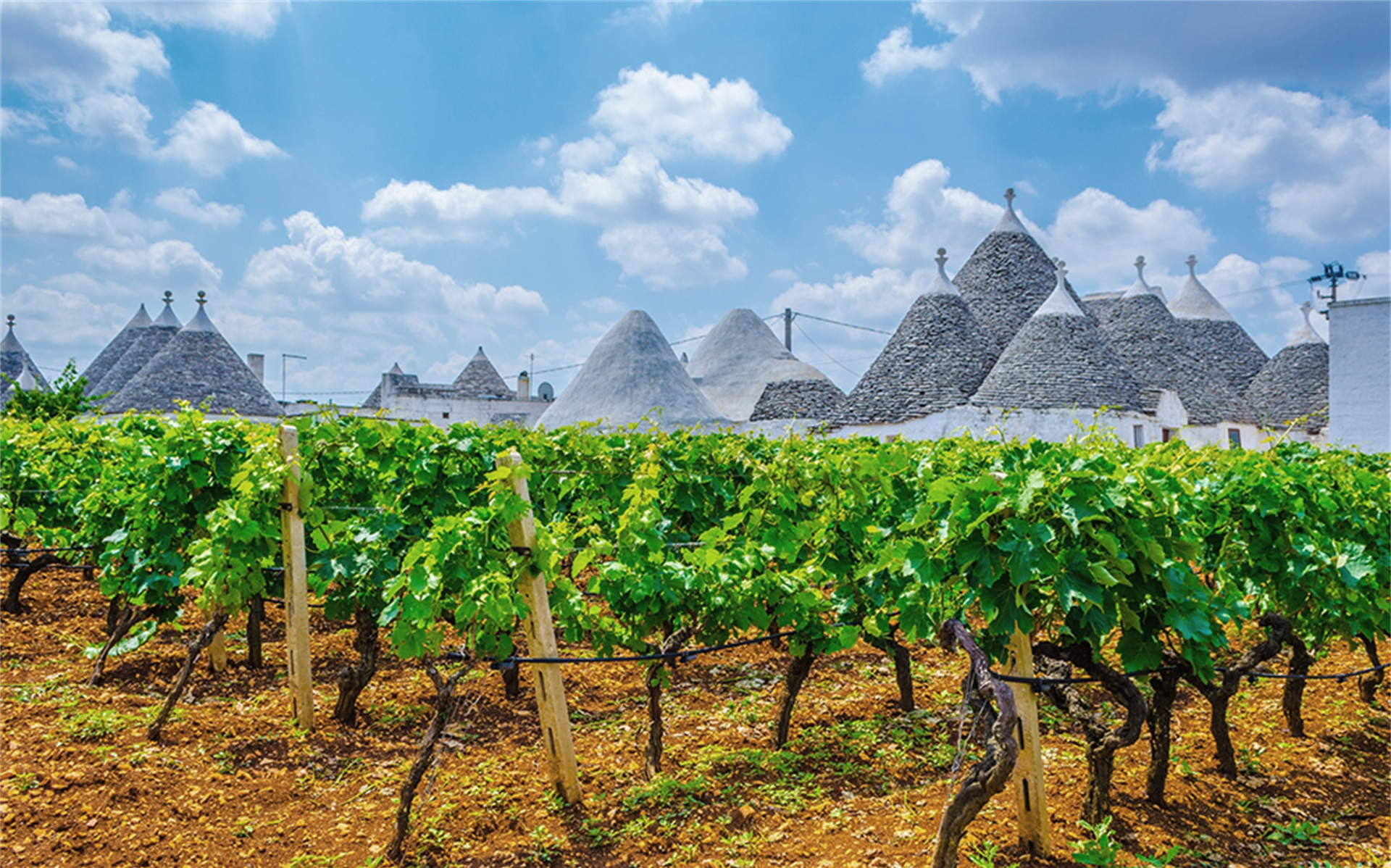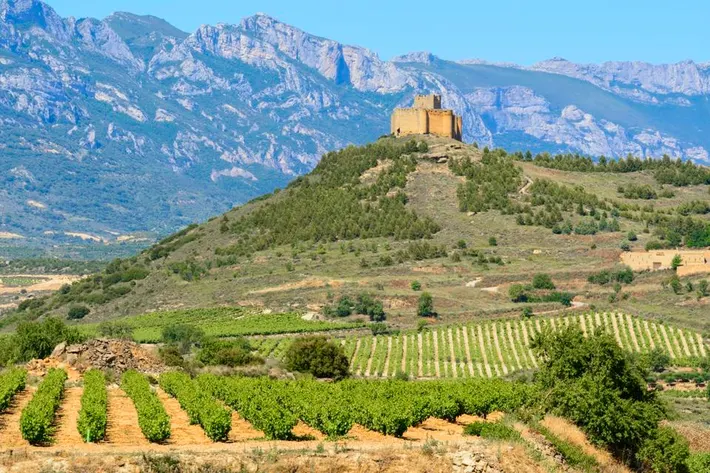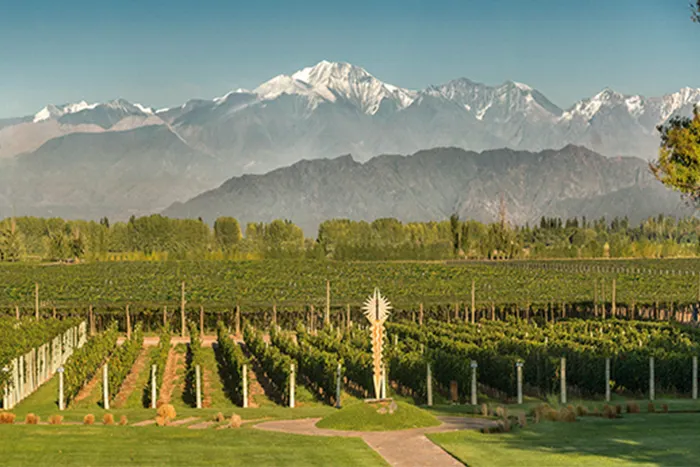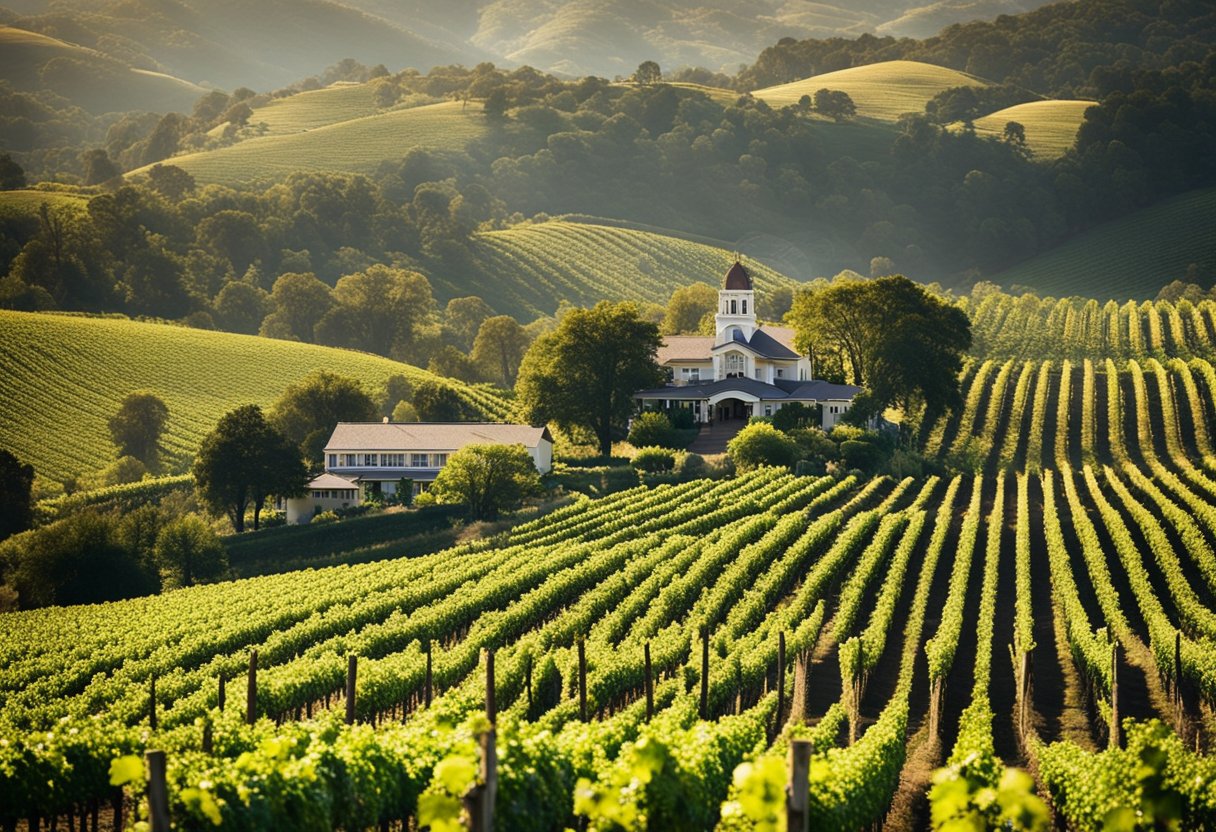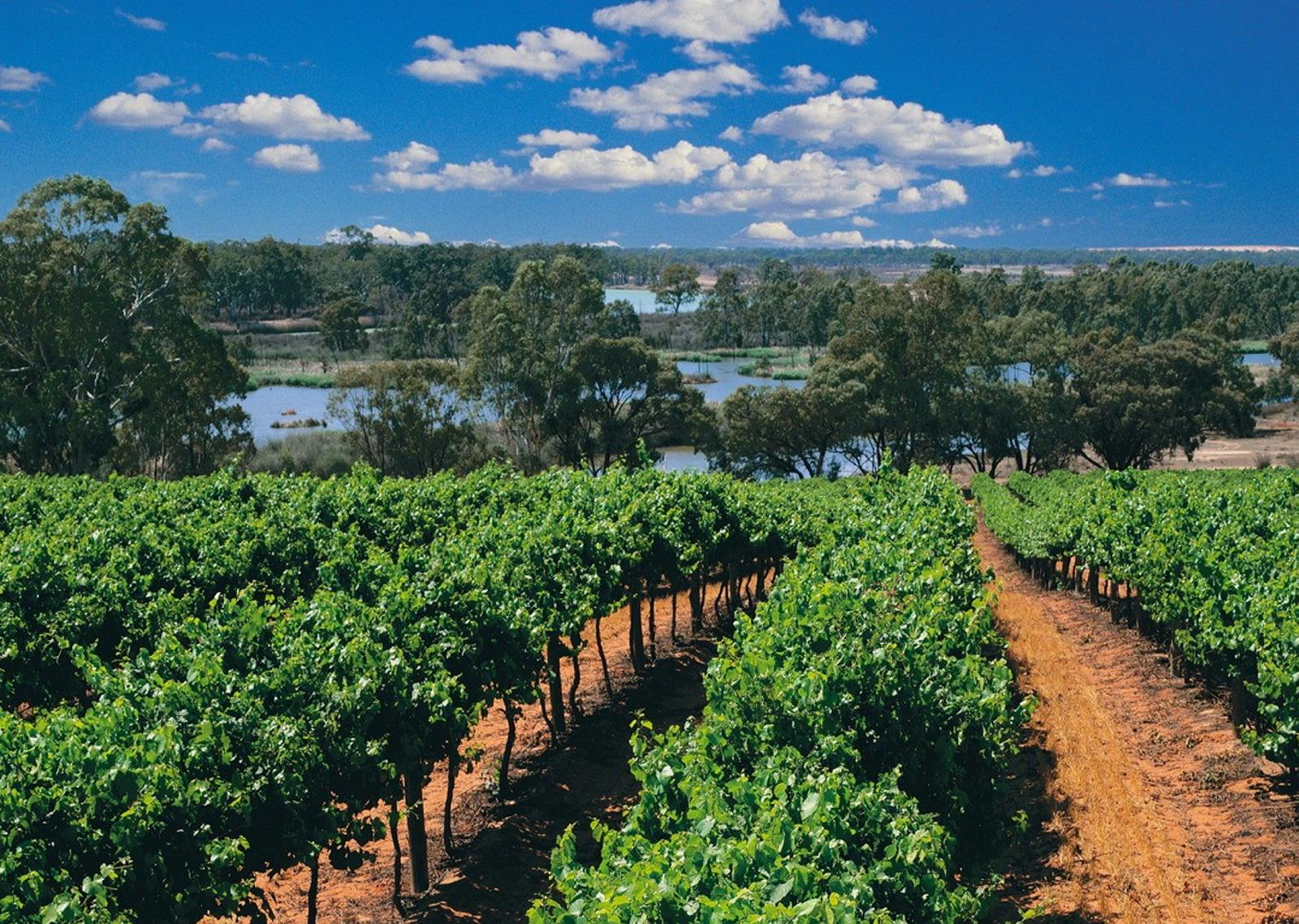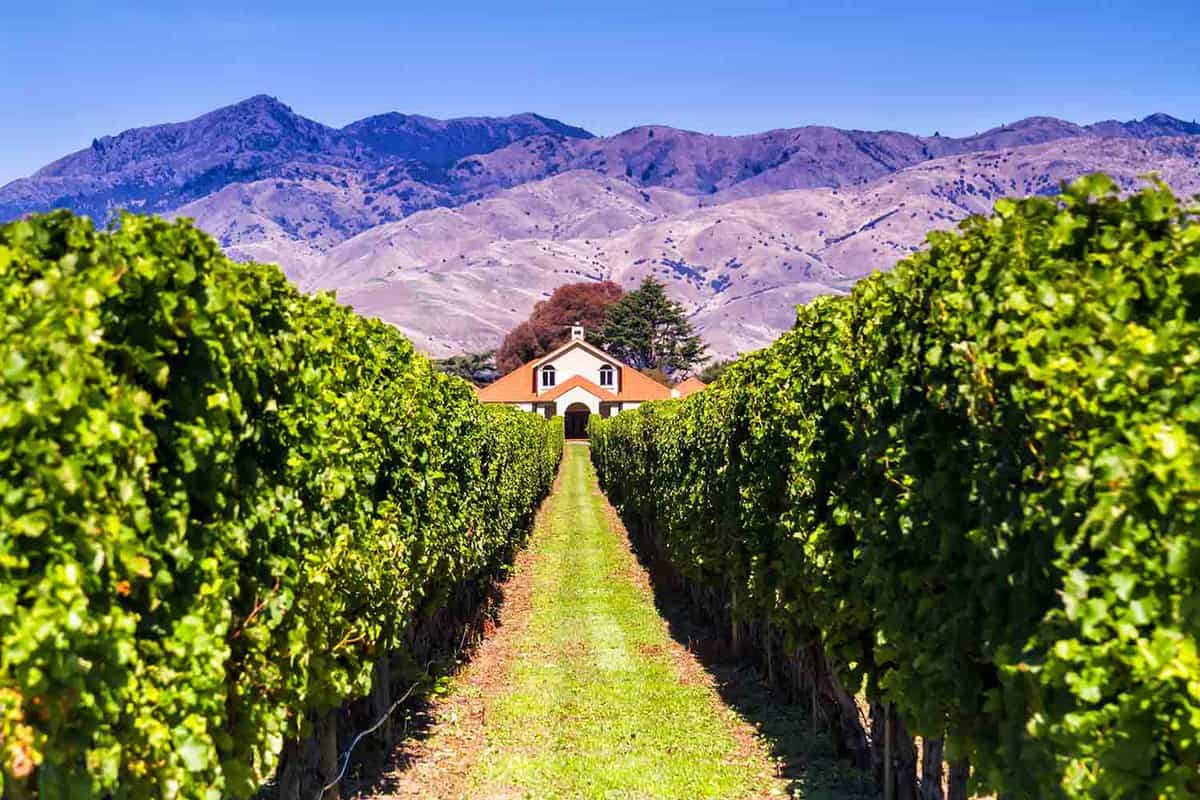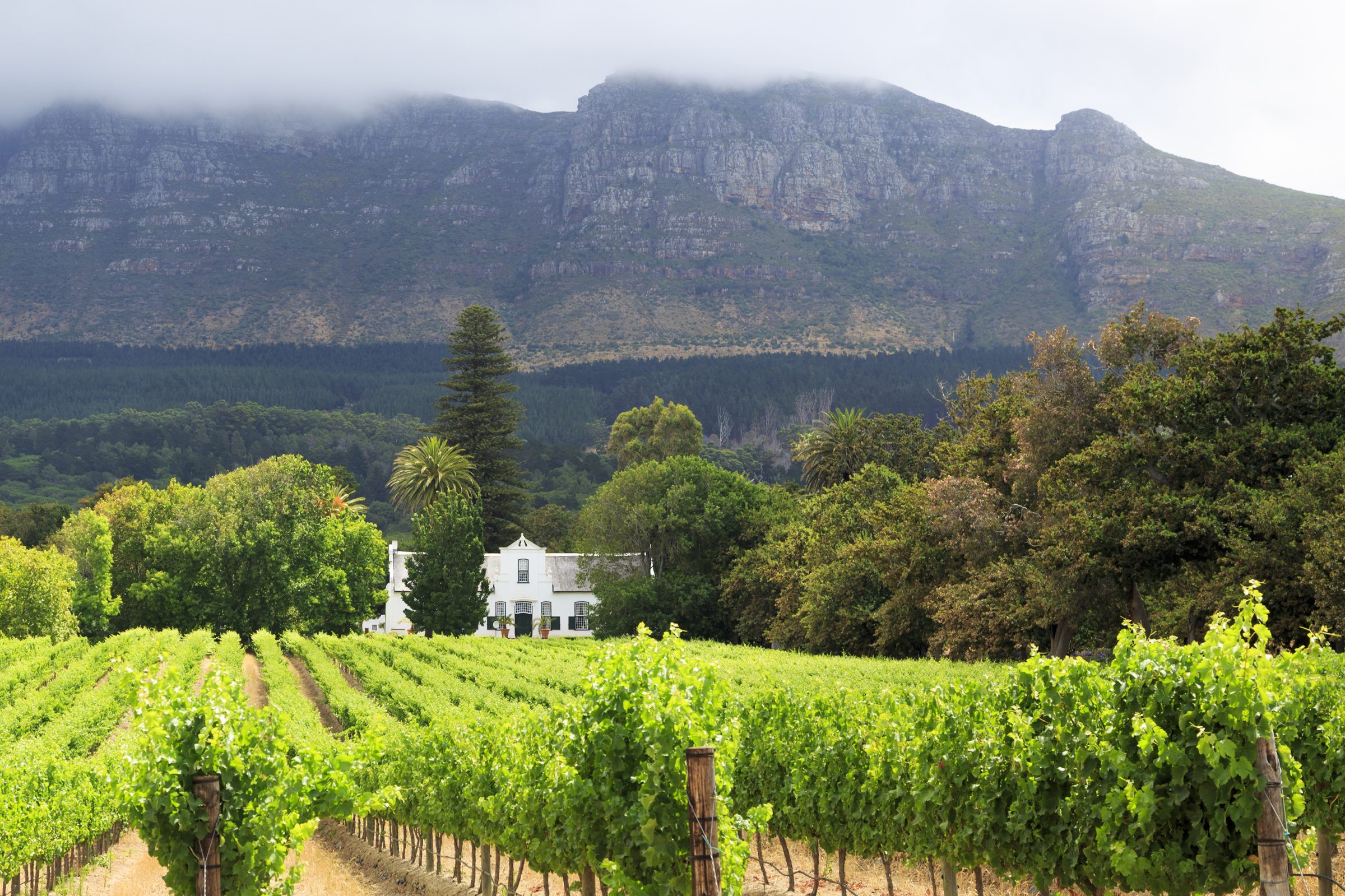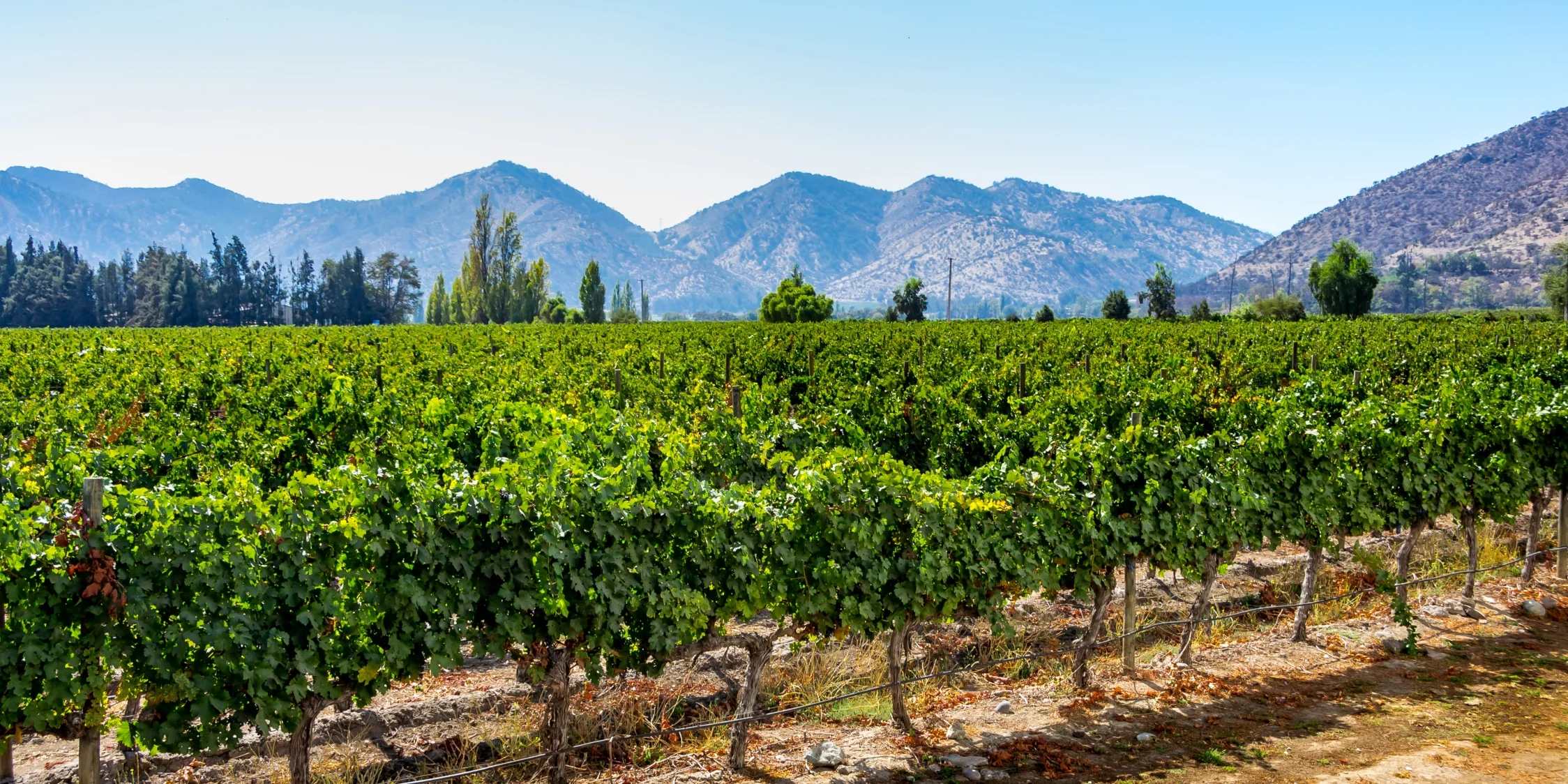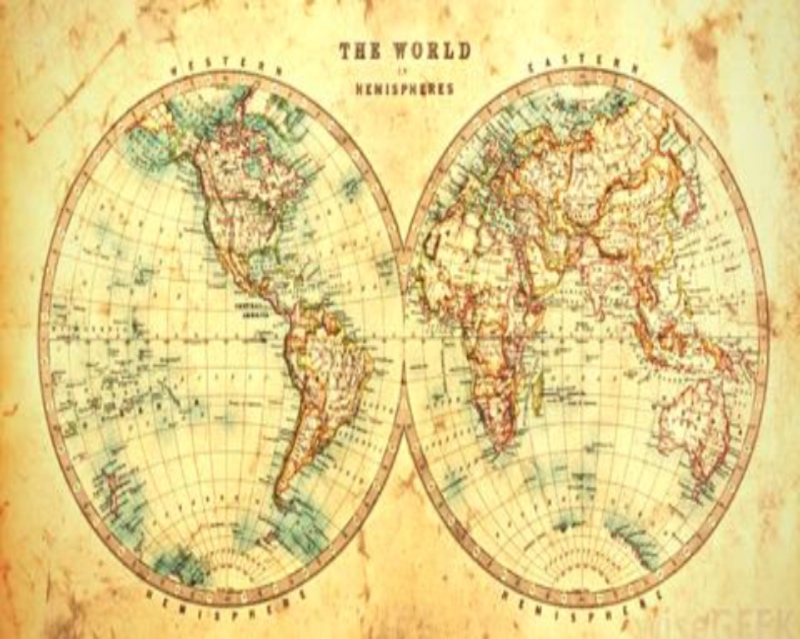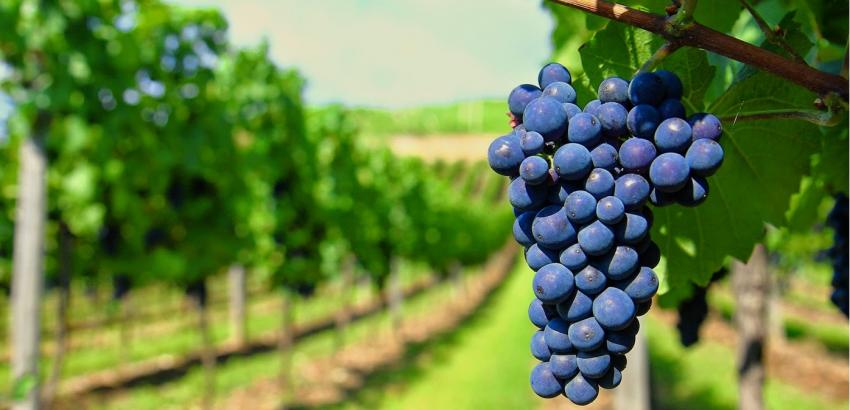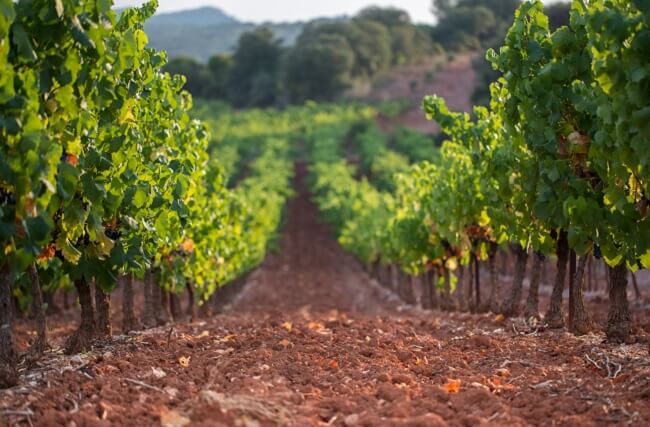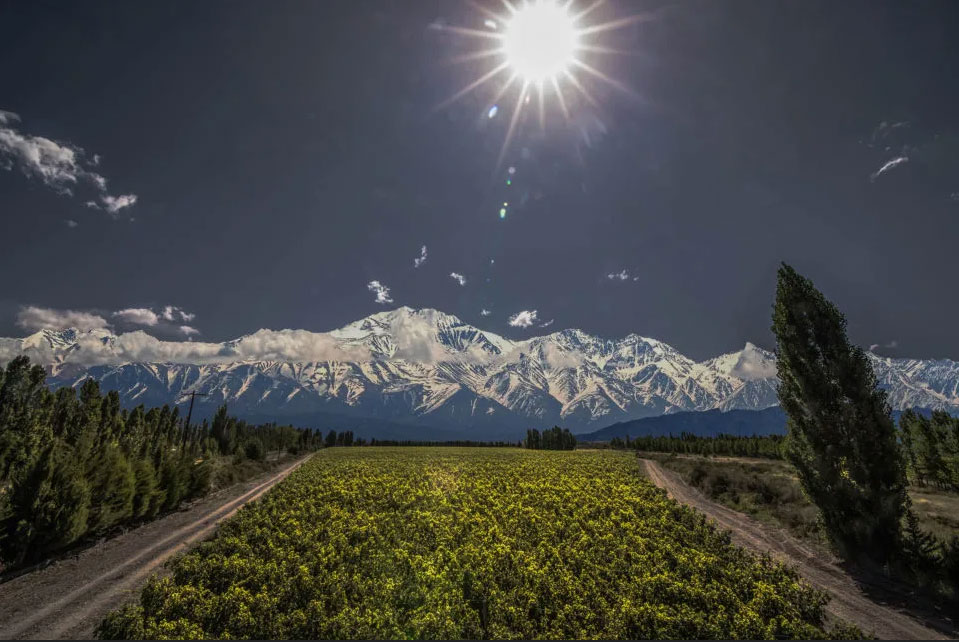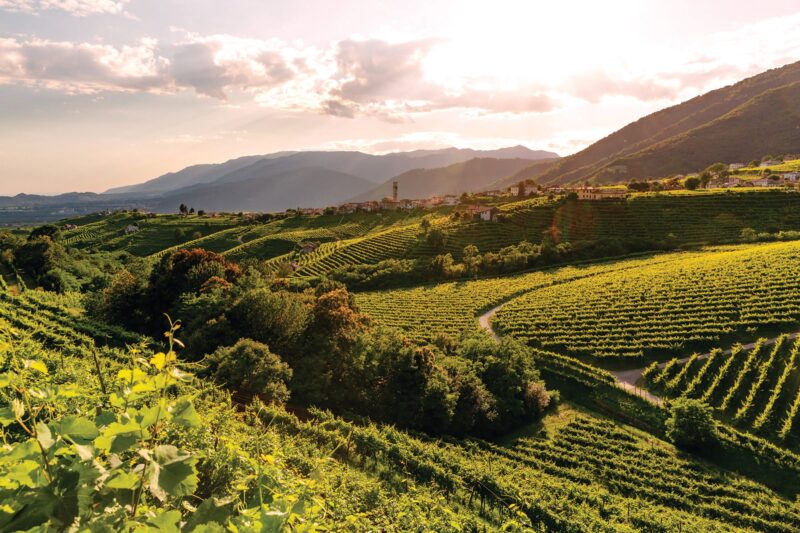
Learn more about wine with our comprehensive guide
A Brief History of Wine
Wine has a rich history that spans thousands of years. Archaeological evidence suggests that winemaking began as early as 6,000 BC in the regions of Georgia and Iran. By 4,500 BC, winemaking had spread to ancient Egypt and Mesopotamia, where it became integral to religious ceremonies and daily life. The Greeks and Romans further refined the art of winemaking, establishing vineyards throughout Europe and introducing viticulture to regions that are still world-renowned today, such as France, Italy, and Spain.
Over time, wine became synonymous with culture and class. Monasteries in medieval Europe preserved and perfected winemaking techniques, especially in regions like Burgundy and Champagne in France. With European colonisation, the practice spread to the New World, establishing famous wine-producing regions in places like South America, California and Australia.
How Wine is Made: The Winemaking Process
Wine is made through a process known as vinification—the transformation of grapes into wine via fermentation. Here’s a breakdown of the basic steps:
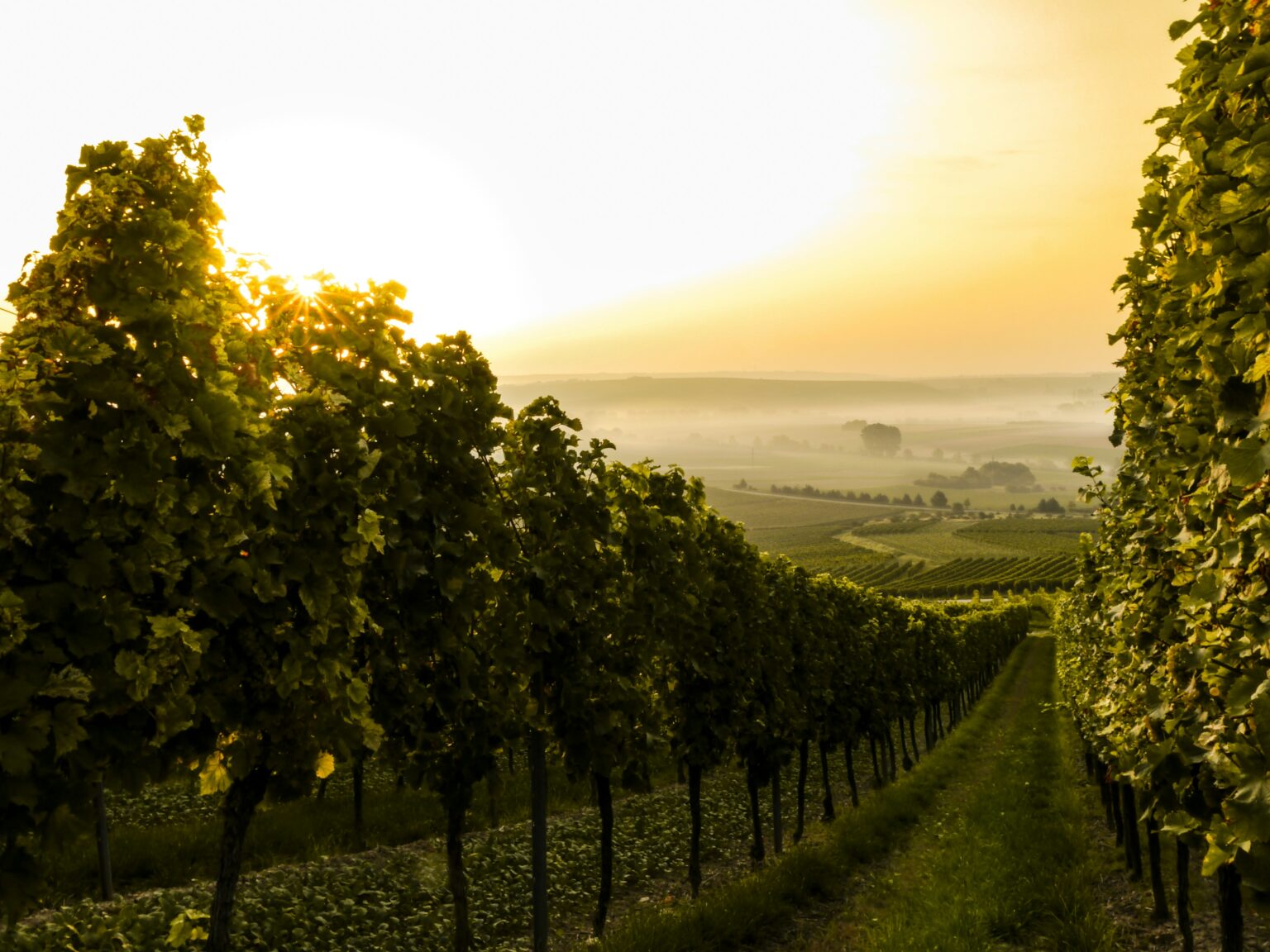
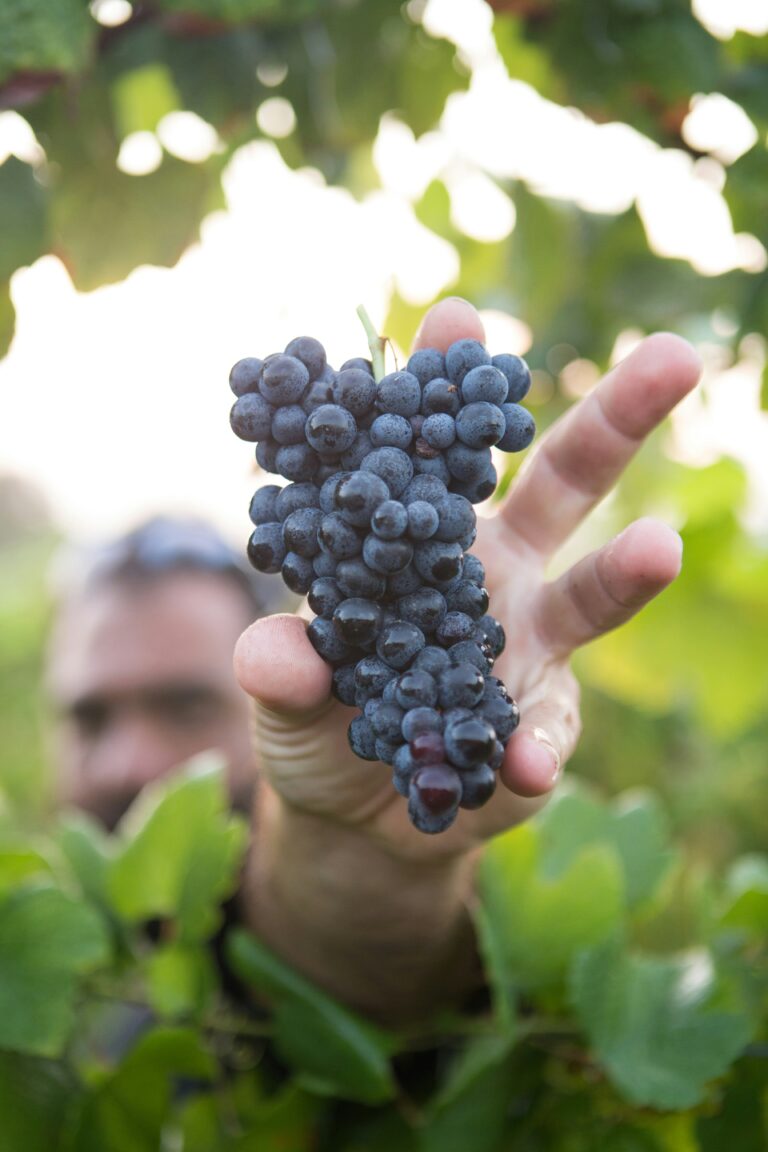

1. Harvesting
Grapes are picked when they have reached the optimal ripeness, usually determined by the sugar and acidity levels. Different grape varieties and regions have different harvest times.

2. Crushing and Pressing:
- Red wines: Grapes are crushed and the juice is fermented with the skins, which give the wine its colour and tannins.
- White wines: Grapes are pressed to extract juice, which is then fermented without the skins to produce a lighter colour.

3. Fermentation:
Yeast is added to the grape juice (or occurs naturally), converting the sugars into alcohol. The length of fermentation and the temperature play a crucial role in determining the flavour and alcohol content.

4. Aging:
After fermentation, the wine is aged in stainless steel, concrete vats, or oak barrels. Aging in oak barrels can impart flavours of vanilla, spice, and toastiness.

5. Bottling:
After aging, the wine is clarified and stabilised before bottling. Some wines are aged in bottles before they are released for sale, allowing flavours to develop further.
Main Wine-Producing Countries
Wine is produced in many countries across the world, but a few stand out for their quality, diversity, and tradition:
France
Often considered the birthplace of fine wine, France has many prestigious regions like Bordeaux, Burgundy, and Champagne, each producing unique styles of wine.
Italy
With a diverse climate and history of winemaking, Italy produces world-class wines from regions like Tuscany, Piedmont, and Sicily. Italian wines have something for everyone.
Spain
Known for its bold red wines and sparkling Cava, famous red wine regions include Rioja, Ribera del Duero and Priorat. Notable white grapes are Albariño and Verdejo.
Argentina
The South American country produces exceptional Malbec, Cabernet Sauvignon, Carmenère and Chardonnay wines, capitalising on high-altitude vineyards.
USA
California, especially Napa Valley, Sonoma and Washington state are renowned for its premium wines, particularly Cabernet Sauvignon, Chardonnay and Riesling,
Australia
Australia is famed for Shiraz and Cabernet Sauvignon wines. A vast continent, the largest wine states by volume include South Australia, New South Wales and Victoria.
New Zealand
New Zealand has earned a global reputation for crisp, refreshing Marlborough Sauvignon Blanc wines and more recently for its concentrated Pinot Noir range.
South Africa
Historical South Africa has 30 different wine-growing regions, the majority of which are in the coastal region around Cape Town with Stellenbosch as the centre.
Chile
The most common grapes in the wines of Chile are Cabernet Sauvignon, Merlot and Carmenère, which has become the country’s signature red wine.
Old World Wine & New World Wine
Key Wine-Growing Regions of the World
The world’s best wines come from regions with unique climate and soil conditions, referred to as terroir. Some of the most notable wine regions include:
- Bordeaux Wines (France): Produces some of the world’s finest red blends, usually a mix of Cabernet Sauvignon, Merlot, and other Bordeaux varieties.
- Tuscan Wines (Italy): Famous for Sangiovese-based wines like Chianti and Brunello di Montalcino, Tuscany’s rolling hills and warm climate yield wines with intense flavor and acidity.
- Rioja (Spain): Known for its bold Tempranillo wines, Rioja has a unique aging classification system (Crianza, Reserva, and Gran Reserva), which gives its wines a distinct character.
- Napa Valley (USA): Napa’s Mediterranean-like climate is ideal for growing full-bodied Cabernet Sauvignon and Chardonnay.
- Barossa Valley (Australia): Known for producing powerful Shiraz wines, the warm climate and old vines result in wines with rich flavors of dark fruit and spice.
- Marlborough (New Zealand): Famous for its crisp, zesty Sauvignon Blanc, this region’s cool climate and long ripening season produce wines with vibrant acidity.
HOW TERROIR SHAPES WINE TASTE
Terroir is a term used to describe the environment in which grapes are grown, including the climate, soil, topography, and even the local microbiome. The idea is that the characteristics of the vineyard significantly influence the taste and style of the wine.
Wine lovers can taste the distinct “sense of place” in every bottle, thanks to the interplay of terroir elements.
Climate
Cool climates tend to produce wines with higher acidity and more restrained fruit flavours. For example, Pinot Noir from Burgundy is delicate and earthy, while the same grape from a warmer region like California’s Sonoma Valley is richer and fruitier.
Soil
The composition of the soil can affect the water drainage and the nutrients available to the vines. For example, the limestone-rich soils in Champagne contribute to the region’s famous sparkling wines, providing a distinctive minerality and crispness.
Elevation
Vineyards at higher elevations, like those in Argentina’s Mendoza region, benefit from cooler temperatures and increased sun exposure, which can produce more intensely flavoured grapes with balanced acidity.
UNDERSTANDING THE MAIN GRAPE VARIETies and THE MAIN REGIONS where they are grown
Wine grape varieties are the foundation of winemaking, each bringing its own unique flavour profile, aroma and structure to the wine. The same grape can produce dramatically different wines depending on the region in which it’s grown due to variations in climate, soil and winemaking techniques. Here’s an expanded guide to some of the world’s most popular grape varieties and the countries where they thrive.
Cabernet Sauvignon
Flavour Profile:
Full-bodied with bold tannins, flavours of blackcurrant, plum, tobacco and hints of green pepper. Known for its aging potential and strong structure.

01
France (Bordeaux): Often blended with Merlot and Cabernet Franc, Bordeaux’s Cabernet Sauvignon wines are structured, tannic and earthy, with flavours of blackcurrant and cedar.
02
USA (California – Napa Valley): In Napa, Cabernet Sauvignon thrives in the warmer climate, producing wines with ripe black fruit flavours, higher alcohol content and a more opulent, rich texture.
03
Argentina (Mendoza): Known for producing bold, high-altitude Cabernets with concentrated flavours of dark fruits, tobacco and chocolate.
04
Australia (Coonawarra & Margaret River): Australian Cabernet, especially from Coonawarra’s terra rossa soils, is highly aromatic, with mint, eucalyptus and dark berry flavours.
05
Chile (Maipo Valley & Colchagua Valley): Chilean Cabernet is known for its vibrant fruit, herbal notes and slightly smoky finish, often at a more approachable price point.
Merlot
Flavour Profile:
Softer and smoother than Cabernet Sauvignon, with plum, black cherry and chocolate notes. It is often used in blends but also makes lush single-varietal wines.
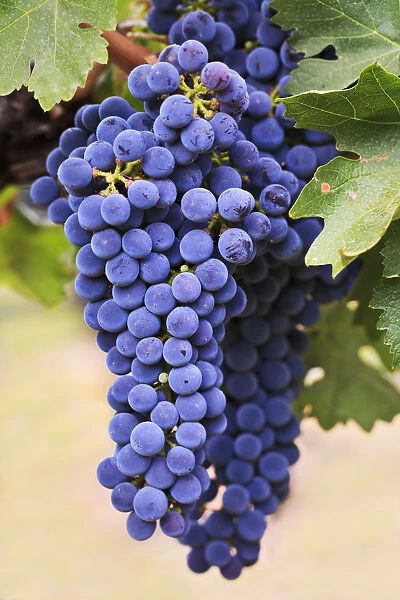
01
France (Bordeaux): Often blended with Cabernet Sauvignon, Merlot softens the tannins in Bordeaux blends. The Right Bank of Bordeaux (Pomerol and Saint-Émilion) produces rich, velvety Merlots.
02
USA (California – Napa & Washington State): California Merlots tend to be fruit-forward, with plush textures and flavours of ripe plum and dark cherry. Washington’s Merlot is more restrained, with earthy and herbal undertones
03
Italy (Tuscany): In Tuscany, Merlot is often used in the production of “Super Tuscan” wines, blending with Sangiovese to create a more modern, international style.
04
Chile: Chilean Merlots are known for their juiciness and affordability, offering fruity flavors of red berries with a smooth finish.
Pinot Noir
Flavour Profile:
Light-bodied with red fruit flavours (cherry, raspberry, strawberry) and earthy, floral, or smoky notes. It’s a delicate grape that is highly expressive of terroir.
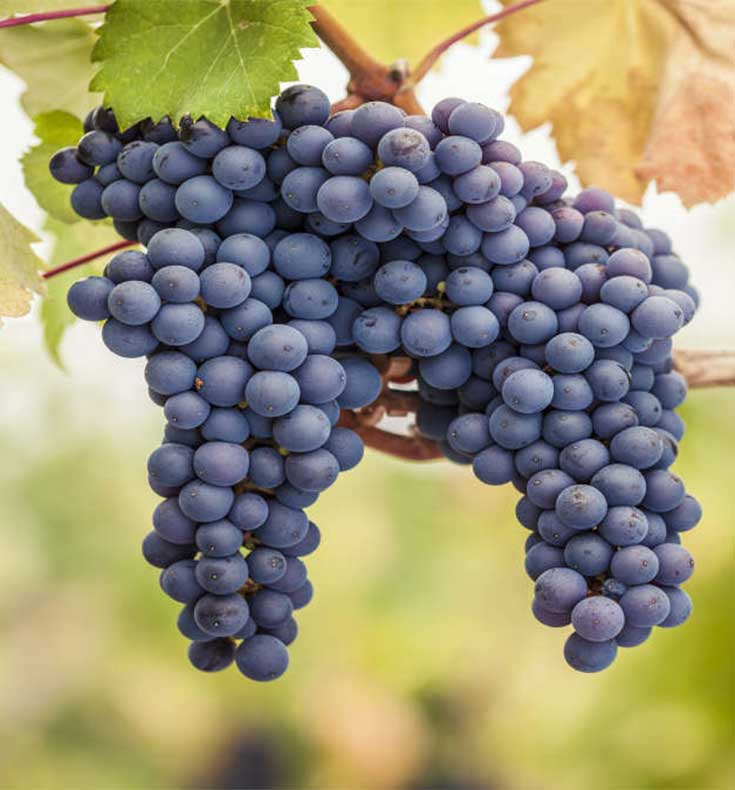
01
France (Burgundy): The spiritual home of Pinot Noir, Burgundy produces some of the most elegant and complex wines in the world, with a perfect balance of red fruit, earthiness and minerality.
02
USA (California & Sonoma, Oregon): California’s Sonoma County offers riper, fruit-driven Pinot Noirs, while Oregon’s Willamette Valley is known for more restrained, earthy and vibrant styles, often compared to Burgundy.
03
New Zealand (Central Otago & Marlborough): New Zealand Pinot Noirs are bright, fruit-forward and medium-bodied, with distinct flavours of red cherry, plum and hints of herbs.
04
Chile (Casablanca, Calchagua & San Antonio Valley): Chile is fast becoming a region where first rate Pinot Noir wine is being produced by a passionate group of forward thinking vineyards that recognise the opportunity to change the perceptions of the wine consumer.
Syrah/Shiraz
Flavour Profile:
Full-bodied with bold, spicy, and smoky flavours, including black pepper, blackberry and sometimes meaty or savory notes. Known as Shiraz in warmer regions like Australia.
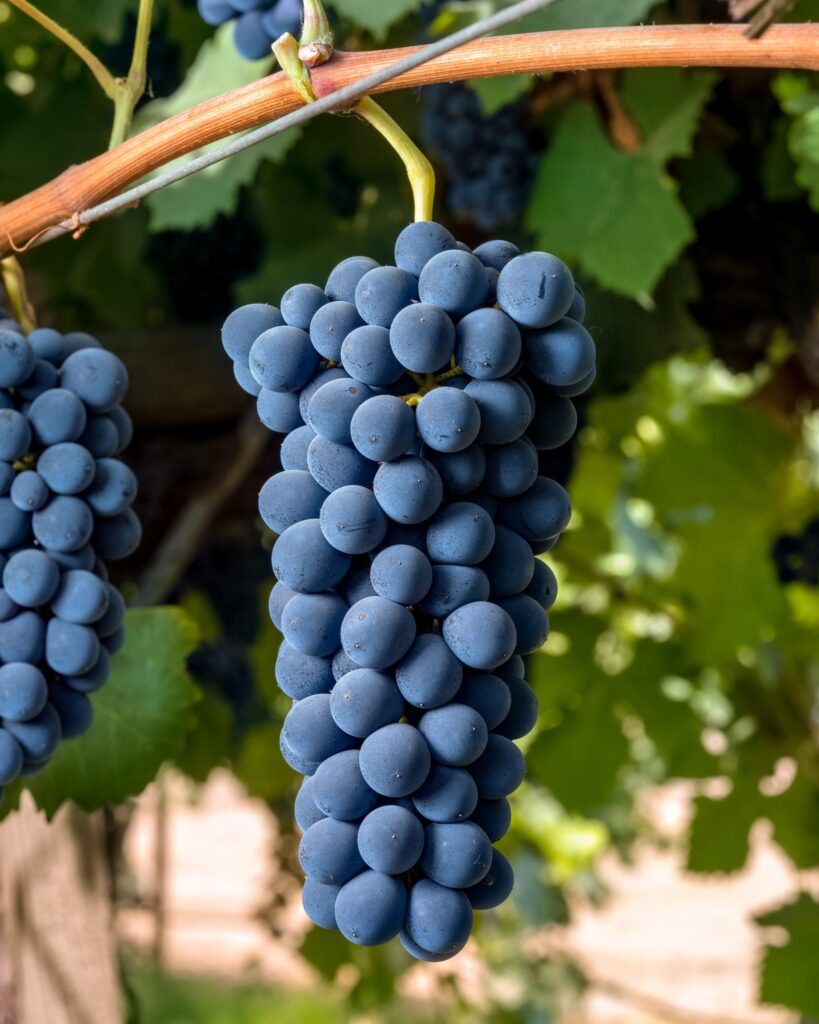
01
France (Rhône Valley): In the Northern Rhône (Hermitage, Côte-Rôtie), Syrah produces powerful yet elegant wines with flavours of black fruit, olive and smoked meat. The Southern Rhône blends Syrah with Grenache for a softer style.
02
Australia (Barossa Valley & McLaren Vale): Australian Shiraz is big, bold and fruit-forward, with flavours of ripe plum, blackberry, chocolate and spice. Barossa Valley is especially known for producing some of the world’s richest Shiraz wines
03
Italy Tuscany (Super Tuscans): Syrah is often blended with other international varieties like Cabernet Sauvignon and Merlot in Super Tuscan wines. These wines are bold, structured and fruit-driven, with a mix of old-world elegance and new-world ripeness.
04
USA (California – Central Coast & Washington State): In California, particularly in the Central Coast, Syrah is fruitier and less spicy, while Washington produces more structured, savoury and balanced Syrah
Chardonnay
Flavour Profile:
Ranges from crisp, citrusy and minerally in cooler climates to rich, buttery and oak-influenced in warmer regions. Flavours include green apple, pear, lemon, vanilla and hazelnut.
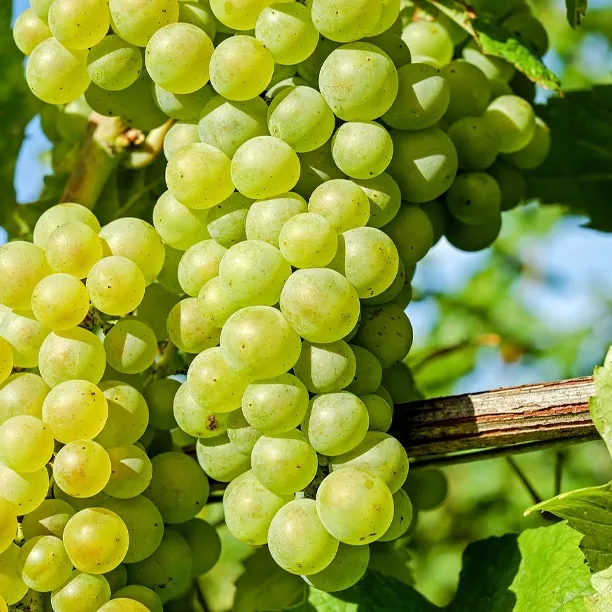
01
France (Burgundy – Chablis & Côte de Beaune): Chablis produces unoaked, lean and minerally Chardonnays with high acidity, while the Côte de Beaune makes richer, more complex Chardonnays with a balance of oak and fruit.
02
Australia (Yarra Valley & Margaret River): Australian Chardonnays tend to strike a balance between the Old World and New World styles, with more restrained use of oak and a focus on minerality and acidity.
03
USA (California – Napa & Sonoma): California Chardonnays are often rich and full-bodied, with buttery, oaky flavours and ripe tropical fruit like pineapple and mango. Sonoma County offers a variety of styles, from crisp and fresh to more opulent.
04
Argentina (Mendoza & Uno Valley) – Argentinian Chardonnay ranges from fresh and zesty to rich and buttery, depending on the region and winemaking style. High-altitude vineyards are ideal for producing elegant, mineral-driven Chardonnays with crisp acidity and citrus flavours. Expect flavours of green apple, pear, citrus, and in oaked versions, vanilla, butterscotch, and hazelnut.
Sauvignon Blanc
Flavour Profile:
Light to medium-bodied, with high acidity and flavours of green apple, lime, gooseberry and sometimes grassy or herbal notes.
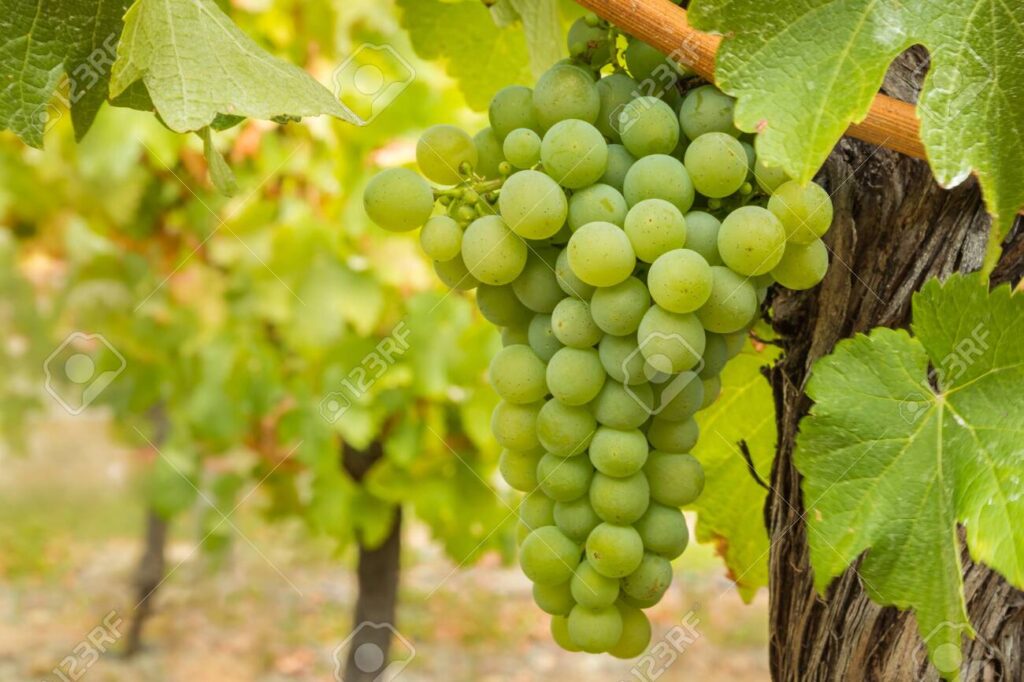
01
France (Loire Valley – Sancerre & Pouilly-Fumé): Loire Valley Sauvignon Blancs are crisp and refreshing, with strong minerality and flinty flavours, alongside citrus and green apple.
02
New Zealand (Marlborough): Known for its intensely aromatic and zesty Sauvignon Blancs, Marlborough’s wines have tropical fruit flavours like passionfruit, alongside characteristic grassy and herbaceous notes.
03
Chile (Casablanca Valley): Chilean Sauvignon Blanc is fresh and citrusy, often with subtle herbal and grassy undertones, offering excellent value for the quality.
04
South African Sauvignon Blanc (Stellenbosch & Constantia): A Rising Star in the Wine World South African Sauvignon Blanc is known for its bright, refreshing acidity, which makes it a great pairing with food. The cooler coastal regions produce wines with higher acidity and more zesty, citrus-driven profiles, while the warmer areas tend to yield softer, rounder wines with riper fruit flavours.
Pinot Grigio / Pinot Gris
Flavour Profile:
Light-bodied and refreshing when produced as Pinot Grigio, with flavours of green apple, lemon and pear. In richer, more aromatic Pinot Gris styles, expect notes of peach, melon and spice.
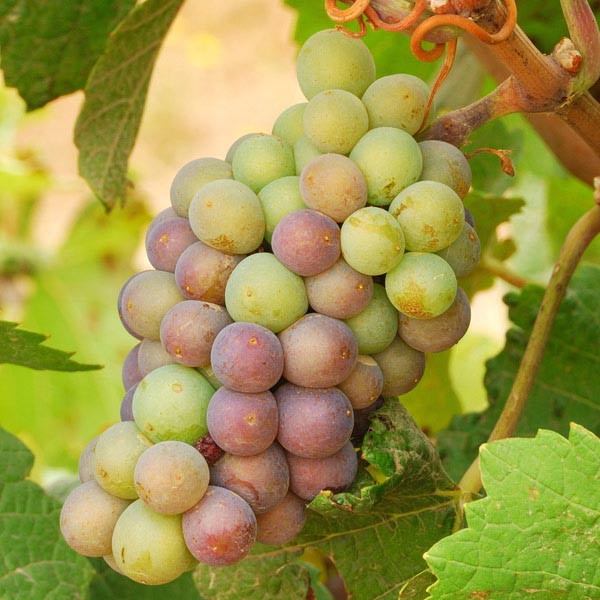
01
Italy (Veneto, Friuli-Venezia & Giulia): Italian Pinot Grigio is crisp, light and refreshing, with citrus and green apple flavours, often unoaked.
02
France (Alsace): Alsace Pinot Gris is fuller-bodied and richer than the Italian version, with more complex flavours of ripe pear, stone fruit and sometimes a smoky or spicy note.
03
USA (Oregon & California): Oregon Pinot Gris is usually more similar to the Alsatian style, with more body and depth, while California Pinot Grigio tends to be lighter and fruitier, closer to the Italian style.
04
Germany (Baden): Known as Grauburgunder, you might be more familiar with the French or Italian names, Pinot Gris or Pinot Grigio, but in Germany the grape is called Grauburgunder. The German name, Grauburgunder, translates to “Grey Burgundian”. German Pinot Gris is often medium-bodied, with ripe fruit flavours and a fresh, acidic finish.
Riesling
Flavour Profile:
Highly aromatic with a wide range of styles from dry to sweet. Known for its high acidity, it often displays flavours of lime, green apple, peach and floral notes. Riesling is also known for its aging potential.
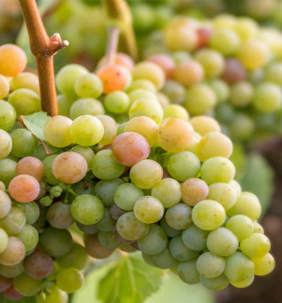
01
Germany (Mosel & Rheingau): The Mosel Valley is renowned for delicate, aromatic Rieslings with high acidity and low alcohol, often with a balance of sweetness and minerality. The Rheingau region produces richer, more full-bodied Rieslings.
02
France (Alsace): Alsace Rieslings are typically dry, with powerful fruit flavours and high acidity, often with a distinct minerality and hints of petrol as they age.
03
USA (Washington State & Finger Lakes – New York): Washington State Rieslings are typically off-dry, with a balance of sweetness and acidity. The Finger Lakes region in New York produces both dry and off-dry styles, with vibrant acidity and stone fruit flavours.
04
Australia (Clare Valley & Eden Valley): Known for producing dry Rieslings with intense citrus and lime flavours, Australian Rieslings from Clare and Eden Valleys are fresh and zesty, with a long aging potential.
Frequently Asked Questions
Organic wine is made from grapes grown without synthetic chemicals like pesticides or fertilizers. Organic vineyards focus on natural soil health, biodiversity, and eco-friendly pest control. The winemaking process limits additives and sulfites, ensuring minimal intervention. Organic wines are certified based on regional standards (like USDA in the U.S. or EU Organic in Europe) and appeal to consumers seeking natural, sustainable products.
Biodynamic wine is produced using holistic, eco-friendly farming practices that view the vineyard as a living ecosystem. It goes beyond organic farming by incorporating natural composts, animal integration and astrological cycles to promote balance and harmony in the vineyard. Biodynamic wines often emphasise sustainability, minimal intervention and a deep connection to nature.
Serving wine at the right temperature can enhance its flavours and aromas. Here’s a general guide for optimal wine temperatures:
- Sparkling wine: 6–10°C (43–50°F) – Chilled but not ice-cold to preserve bubbles and freshness.
- Light white wines and rosé: 7–10°C (45–50°F) – Best served cool to highlight crispness.
- Full-bodied white wines: 10–13°C (50–55°F) – Slightly warmer to bring out complexity and texture.
- Light red wines: 13–16°C (55–60°F) – Cool to preserve freshness and fruitiness.
- Full-bodied red wines: 16–18°C (60–65°F) – Room temperature to showcase rich flavours and tannins.
- Dessert wines: 6–10°C (43–50°F) – Chilled to balance sweetness.
